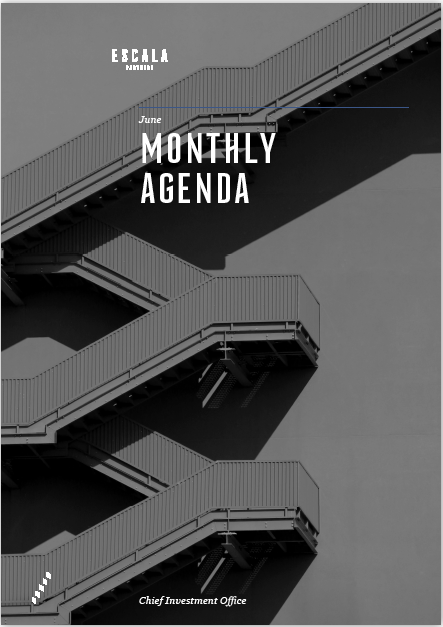-
Overview
Austria’s mandate to issue another century bond is bound to be lapped up after the runaway success of the 2017 issue. Investors who bought and held the 2.1% bond three years ago would have made a total return of 86%, a stunning annualized return of almost 25%, compared with 10.6% on the S&P 500 over the same period. The bond is not without risks. Investors who buy and hold it face an enormous duration risk at a time when it looks like bonds are in a bubble. At current levels, the 97-year maturity is trading on an equivalent P/E of 114 times, and – unlike equities – won’t pay a cent more than promised.
Chart 12: The Austrian century bond vs US equities

Source: Bloomberg
The $17.1 trillion of outstanding U.S. Treasury securities is almost 80% of the country’s annual GDP and rising. The bond market can accommodate that without a jump in yields given the Federal Reserves’ asset purchase program. Moreover, increased issuance of Treasury debt to finance government deficits doesn’t have a strong correlation to yields. This is in part because the bonds are seen as haven investments when the economy is weak.
Chart 13: US debt outstanding as % nominal GDP

Source: Bloomberg
Having already begun buying corporate debt through ETFs, the US Federal Reserve announced that it will carry through on its pledge to buy corporate bonds by pegging its purchases to a custom portfolio of bonds based on its own “broad market index.” Because so much money is now riding on just how the Fed defines that index, there’s been a lot of attention paid to just how the thing might be composed. In that respect, it’s a great reminder that index construction is a subjective exercise full of implicit values and assumptions rather than a risk-free starting position.
Chart 14: Risk premium on corporate debt after the Feds bond buying

Source: Bloomberg







